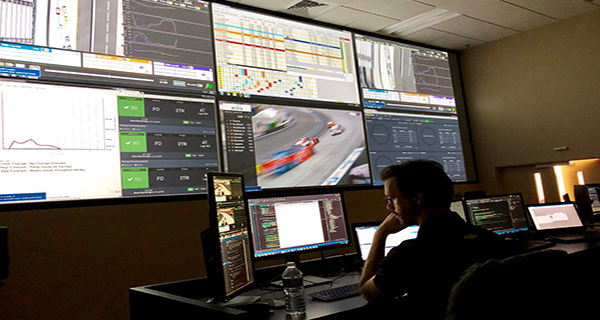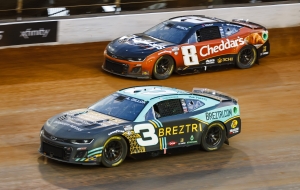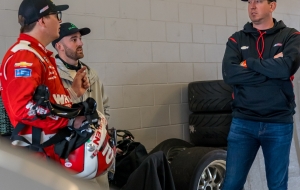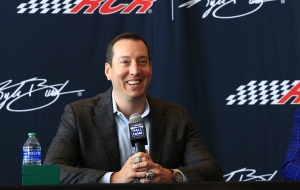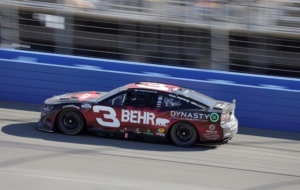In today’s world, the concept of Artificial Intelligence is becoming more widely accepted in a variety of industries—healthcare, agriculture, retail and what might be surprising to some—the world of sports. In the YouTube Originals Series “The Age of AI: Using AI to build a better human” Season 1, Episode 3 (linked below), Robert Downey Jr. discusses how this technology is changing the way the team at Richard Childress Racing performs on race day. There is a heavy emphasis on team strategy, with important in-race decisions such as when a driver should come down pit road for a pit stop, how much fuel the team needs, and whether a pit crew should perform a two-tire or four-tire pit stop, are among the strategy calls that have been made slightly easier thanks in large part to the great advances in AI technology.
Rho AI, a computer science company based out of Charlottesville, Va., worked closely with the team of engineers at RCR to create a custom program, notably called “Pit Rho.” Pit Rho uses data from sensors in the car that measure quantities such as speed, throttle, breaking and steering. This information provides RCR as well as other NASCAR teams with real-time data analytics that can ultimately make the difference in track position and even produce race wins.
“We use AI tools to predict the future—not only what it is, but what it should be,” said Dr. Eric Warren, Chief Technology Officer at RCR. Using Pit Rho and other analysis tools, Dr. Warren and his team interpret the data coming in through the Command Center at RCR, hundreds of miles away from the racetrack. RCR’s team of race engineers can view track position and in-race data of RCR drivers as well as the team’s competitors, providing a valuable tool for making strategic, fact-based calculations about when it is best for the driver to pit. The information is shared with the driver’s crew chief and the team on pit road, who ultimately makes the final call. In some scenarios, drivers are advised to pit with the rest of the pack. However, in other cases, the data shows that it is best to wait until closer to the final lap when the driver has a better shot of getting fresh tires before the checkered flag waves, increasing their likelihood of outperforming the race leader. The real challenge, as it turns out, is not so much the technology but the human response.
“Convincing humans that machines know what they’re doing is the central difficulty in deploying AI out in society, whether it is the pit boss in car racing or even astronauts flying to the moon,” said Lav Varshney, Assistant Professor at University of Illinois, Urbana-Champaign. The reality is that human intuition (that “game time decision” if you will) has always been a key part of sports. And while that human element is not going anywhere, machine learning and programs like Rho AI are allowing people to make more educated, data-driven decisions. To quote Dr. Warren, “Racing is war, and data is a weapon.”





